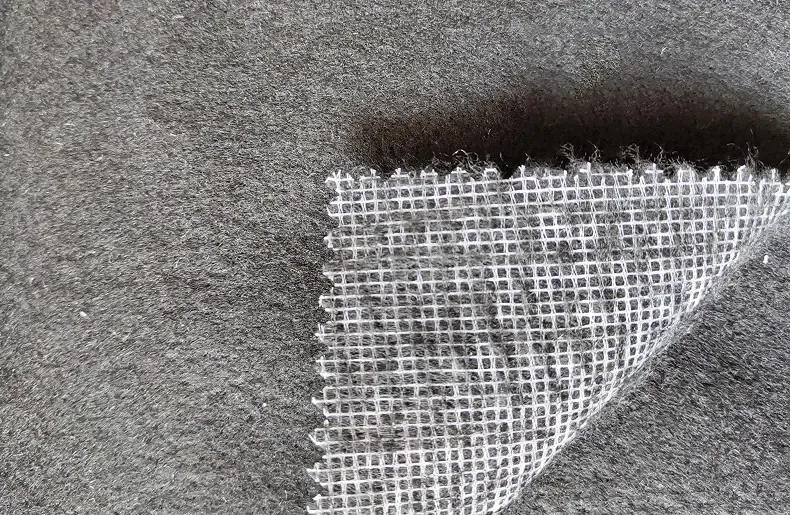UBL
Enhancing Every Garment

Nylon cloth was developed by the outstanding American scientist Carothers and a scientific research group under his leadership. It is the first synthetic fiber to appear in the world. Nylon is a saying of polyamide fiber (nylon).
Nylon cloth is mainly used for synthetic fibers, and its most prominent advantage is that its wear resistance is higher than all other fibers, which is 10 times higher than cotton and 20 times higher than wool. Slightly add some polyamide fibers to the blended fabric. Greatly improve its wear resistance; when stretched to 3-6%, the elastic recovery rate can reach 100%; can withstand tens of thousands of deflections without breaking.
Nylon invention: DuPont actively promotes the implementation of this patent. In view of the general defects in the long stockings at that time, DuPont decided to first put nylon fibers into the socks market. The nylon stockings with wear resistance, heat resistance and chemical resistance were immediately sought after by consumers and were regarded as rare things. Panic buying; nylon was also quickly used to manufacture parachutes, aircraft tire cords and other military and civilian products; making it a very valuable commodity in the Second World War.
The birth of nylon has promoted the development of polymer research, laid the foundation for the synthetic fiber industry, and also brought a new look to textiles.
However, W. Carothers himself fell into severe depression, long-term work pressure, lest the research could not bring benefits to the company, plus his 62616964757a686964616fe59b9ee7ad9431333431376632 loved sister died suddenly on April 29, 1937 The hotel room in Philadelphia committed suicide by taking cyanide. At this time, only three weeks after the above patent application, he was only 41 years old.
He is an outstanding American chemist. He studied the structure of high molecular weight substances and the polymerization reactions that produced them, which not only led to the invention of nylon and neoprene, but also promoted the rise and development of synthetic fibers.